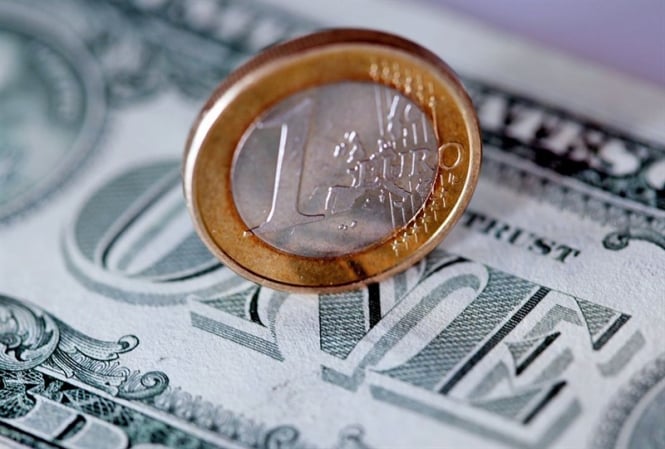
Even despite the pessimistic notes that were present in the speech of the ECB President Mario Draghi following the regular meeting of the regulator on Wednesday, April 10, the common European currency managed to play about 100 points from the greenback and rise above $1.13 for the first time since March 26. Today, EUR/USD continues to trade over this mark.
According to experts, the growth of EUR/USD was due to the postponement of Brexit, as well as the fact that the statistics for the eurozone published last week was better than the forecast. Thus, according to Eurostat, in February the volume of industrial production in the euro area decreased by 0.2% in monthly terms and by 0.3% in annual terms. Analysts expected that the first indicator will decrease by 0.6%, and the second – by 1%.
However, this may not be enough to maintain optimism regarding the euro.
First, the degree of trade tension between the United States and the Old World is rising. In response to Washington's threats to impose duties on European goods worth $11 billion, Brussels has already prepared a "list of retaliation" worth more than $12 billion.
Secondly, the business activity indices in the manufacturing sector of Germany and the currency bloc as a whole, which will be released this Thursday, can confirm that the industry is no longer a driver for the growth of European GDP. The mood of traders can also spoil the data on business optimism from ZEW and the level of inflation in the euro area, which will be released this week
Thus, in the case of worsening statistics, the "bears" on EUR/USD can revive again. It is assumed that if not immediately, then at least until the end of the month, the pair may go down, trying to test the April lows again in the 1.1180 area. However, before heading south, EUR/USD may reach the level of 1.1350.
It is expected that in the medium term, the pair will decline against the background of the increasing difference in the economic performance of the eurozone and the United States, as well as due to the varying degree of "softness" of the monetary policy of the Fed and the ECB.
The material has been provided by InstaForex Company - www.instaforex.com














 Download NOW!
Download NOW!
No comments:
Post a Comment